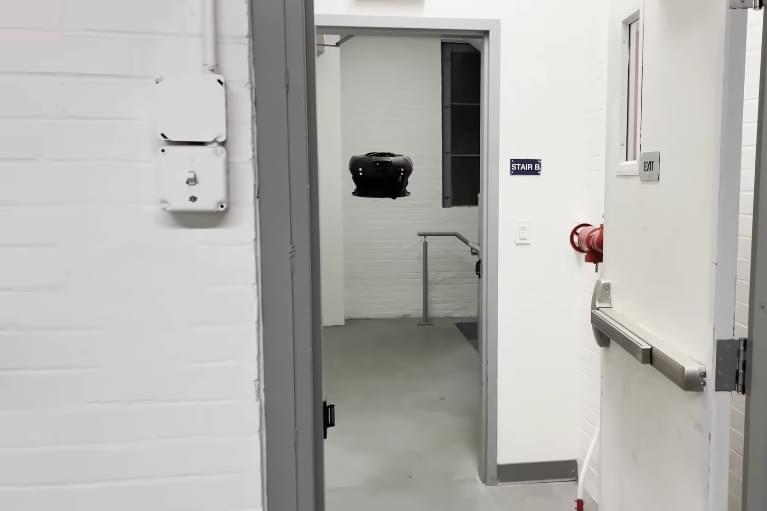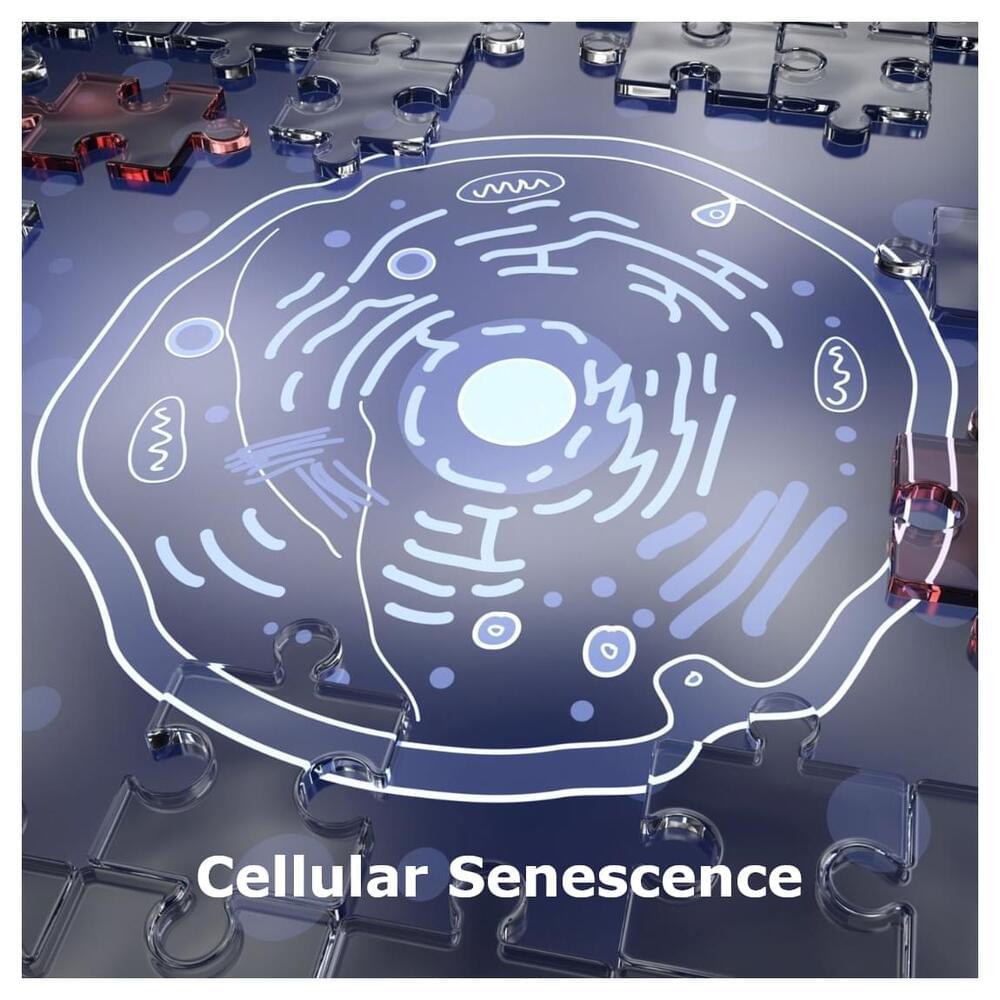Nov 26, 2021
Watch: BMW Made the World’s First Electrified Wingsuit. It Reached 186 MPH on Its First Flight
Posted by Shubham Ghosh Roy in category: transportation
After three years of intensive research and countless test flights in BMW’s horizontal wind tunnel, Salzmann and the wingsuit completed the maiden flight over the picturesque mountains of Austria last week. The 33-year-old was dropped by helicopter at just shy of 10,000 feet alongside two other fliers sporting conventional wingsuits. BMW says the electric wingsuit enabled Salzmann to accelerate faster than his mates at a peak speed of 186 mph. (Normal wingsuit operators typically reach horizontal speeds around 62 mph.)
The e-wingsuit is built upon BMW i EV technology and powered by a chest-mounted rig. It offers 15 kW of grunt that’s split between two 7.5 kW carbon impellers. The impellers spin at a speed of 25,000 rpm and produce thrust for up to five minutes. The aim of the electric wingsuit is to increase performance and eventually allow for longer distances to be covered.


















